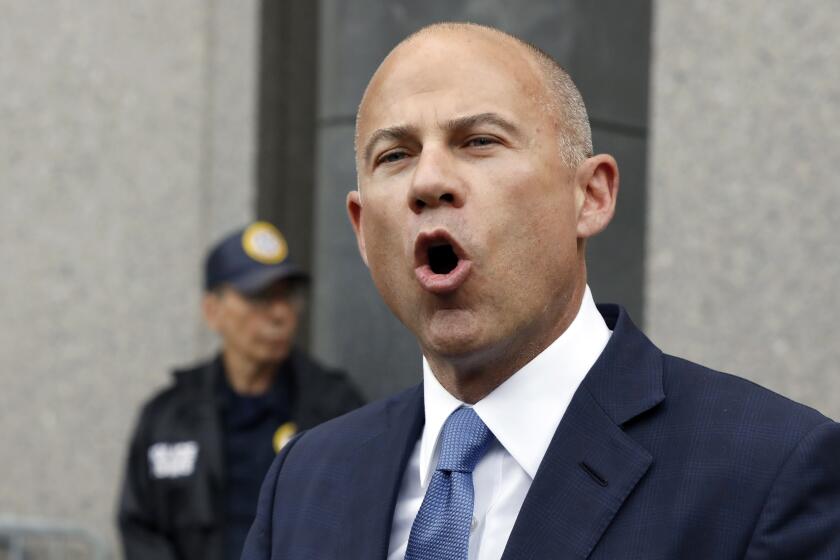Commentary: Join the O.C. walk to combat Type 1 diabetes
- Share via
On Aug. 16, 2004, Type 1 diabetes (T1D) hit our family like a wrecking ball. It forced itself into our lives, and has never left, and will not leave until we have a cure.
Until a cure, our family has made it our mission to advocate and educate people on Type 1 diabetes.
November is National Diabetes Month, so what better time to educate about T1D than now? Type 1 is the rarest form of diabetes, attacking about 5% of the diabetes community. It is an autoimmune disease in which the immune system attacks the insulin-producing beta cells in the pancreas. The pancreas ultimately stops producing insulin and then becomes, well, useless.
When T1D came calling, it chose my son, Robby. He was 11 years old, just one week before starting sixth grade. I took Robby to his pediatrician, and because of his symptoms, she knew right away. She pulled out a glucose monitor, pricked his little finger and when the number came back, she confirmed her suspicion. Robby spent four restless days at Children’s Hospital of Orange County (CHOC).
They stabilized his blood sugar and the medical staff gave us a crash course on a disease that we knew nothing about. They explained that Robby’s pancreas had stopped working, and he would have to give himself insulin shots for the rest of his life. You may think, one shot a day is no big deal. Well, It is not just one shot. He gives himself a shot of insulin every time he eats. He also has to test his blood sugar numerous times a day.
Having T1D for 11 years he has tested his blood sugar over 16,000 times and has given himself over 24,000 insulin shots — and he is only 22! This is mandatory for him to stay alive. T1D has to be managed every day, 24 hours a day, 7 days a week, 365 days a year. There is no break from T1D and it is a constant challenge.
Blood sugar testing and insulin shots are just the beginning. There is so much more a person living with T1D has to take into consideration: exercise, stress and anxiety. How many carbs in that meal? What will my peers think? Why did that person just tell me I brought this on myself? Truth is, there is nothing a person “did” or “ate” to bring on Type 1 Diabetes.
After Robby’s diagnosis, we connected and have become extremely involved with the Orange County Chapter of JDRF. We are confident that JDRF is our best hope for a cure. Their mission is to raise money that goes directly to vital research that will ultimately lead to a cure.
On Sunday, at Angel Stadium, JDRF is having its annual ONE WALK, where over 7,000 people will unite for a cure. It is a fabulous, pet-friendly event that includes a walk around Angel Stadium, awareness, food, music, a kids’ area, fun and laughter.
Robby was lucky, but not every child is, because not every pediatrician or doctor knows the signs of T1D. Know the signs, and if you have any doubt, insist on a simple and inexpensive blood prick of the finger to check blood sugar levels; it can save a life!
Signs include constant thirst, fruity odor on breath, extreme hunger, frequent urination, flu-like symptoms, mood changes, weight loss, nausea, vomiting, drowsiness and lethargy.
Check-in for the Angel Stadium walk begins at 8:30 a.m. The walk is at 10 a.m.
If you would like more information about type 1 diabetes, JDRF or the One Walk, please feel free to contact me, Julie Mansfield at rob1553@cox.net or 949-795-3906 or Michelle Popoff from the Orange County chapter of JDRF at mpopoff@jdrf.org or (949) 885-5025.
JULIE MANSFIELD lives in Irvine.



